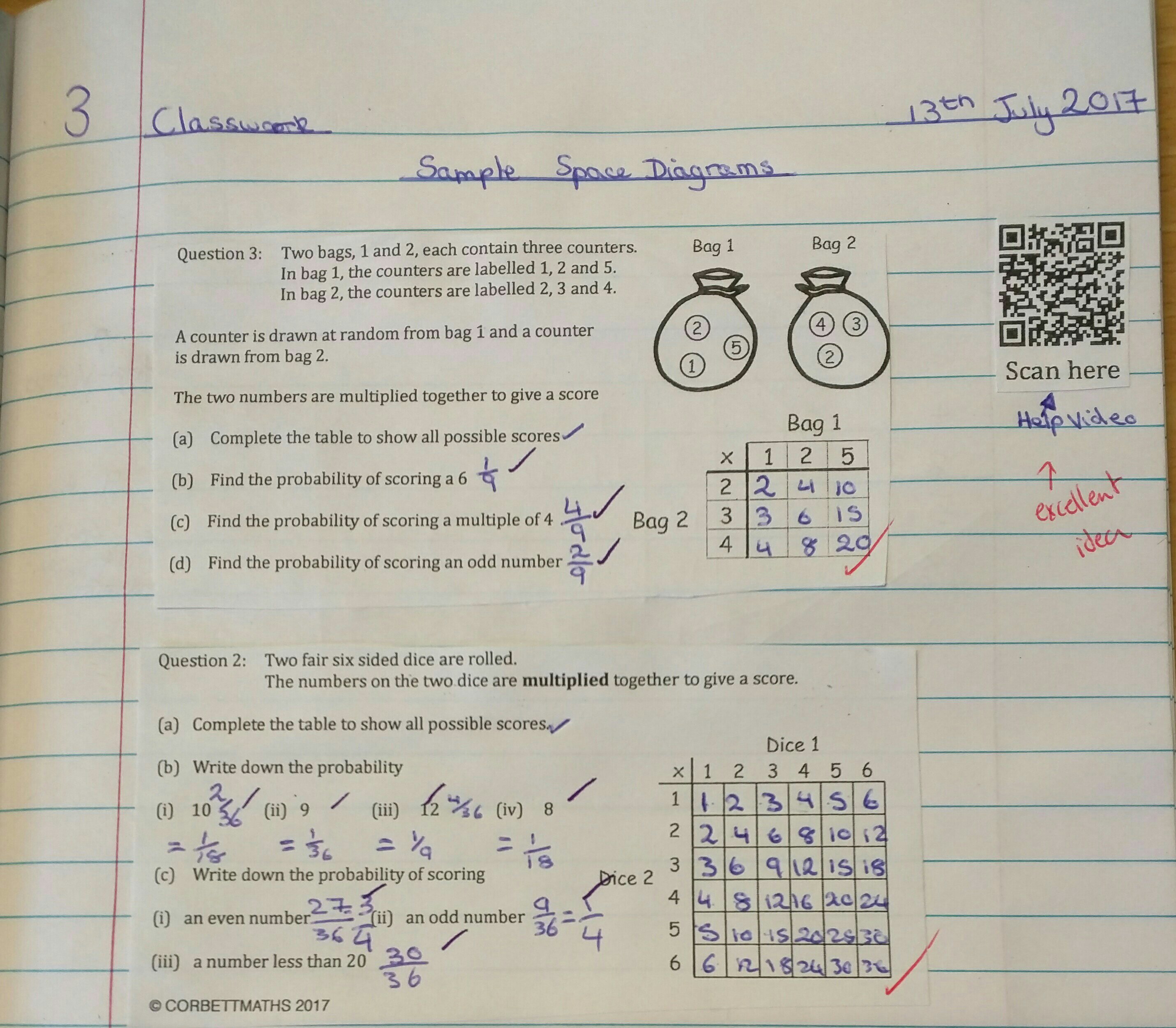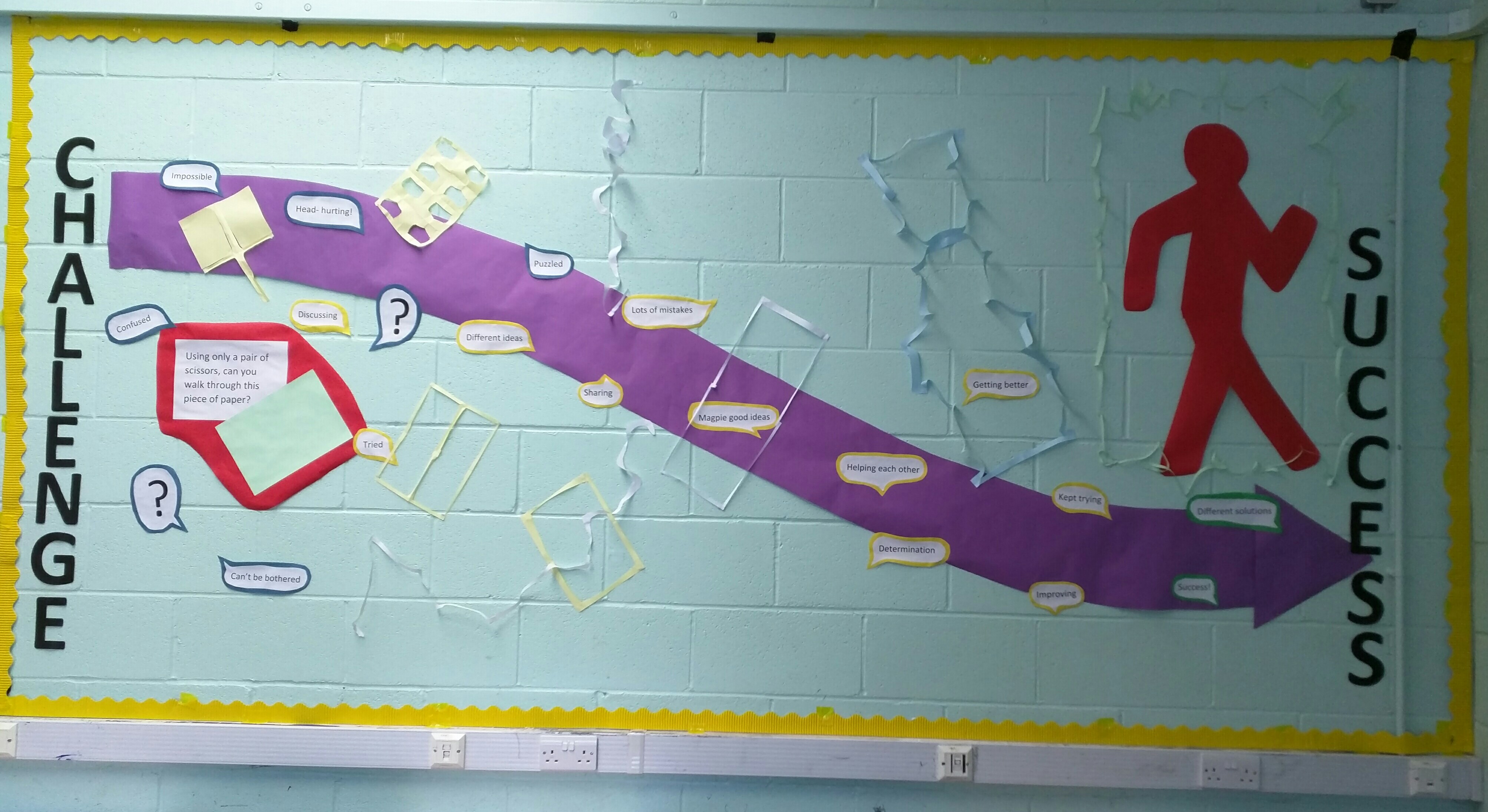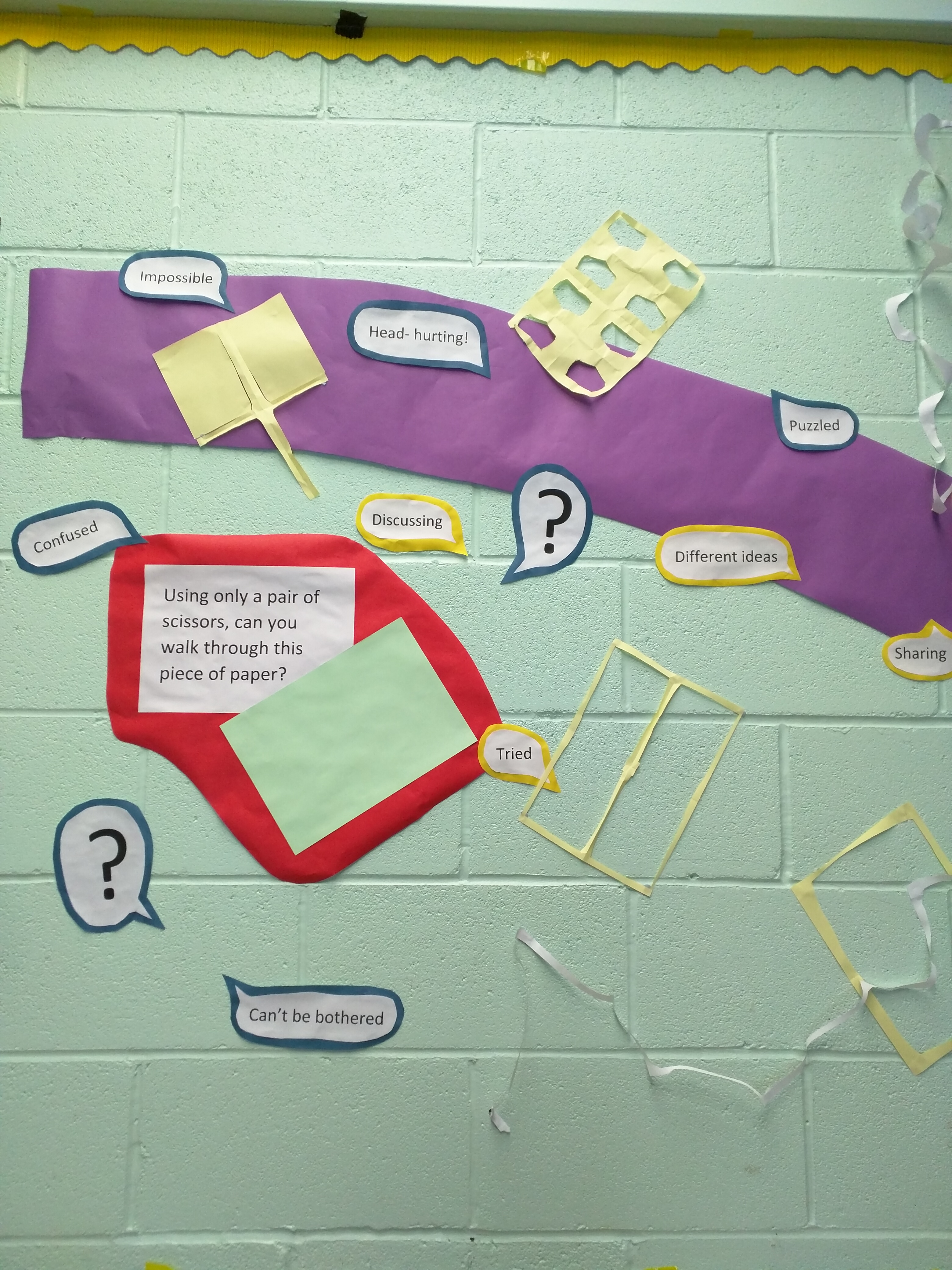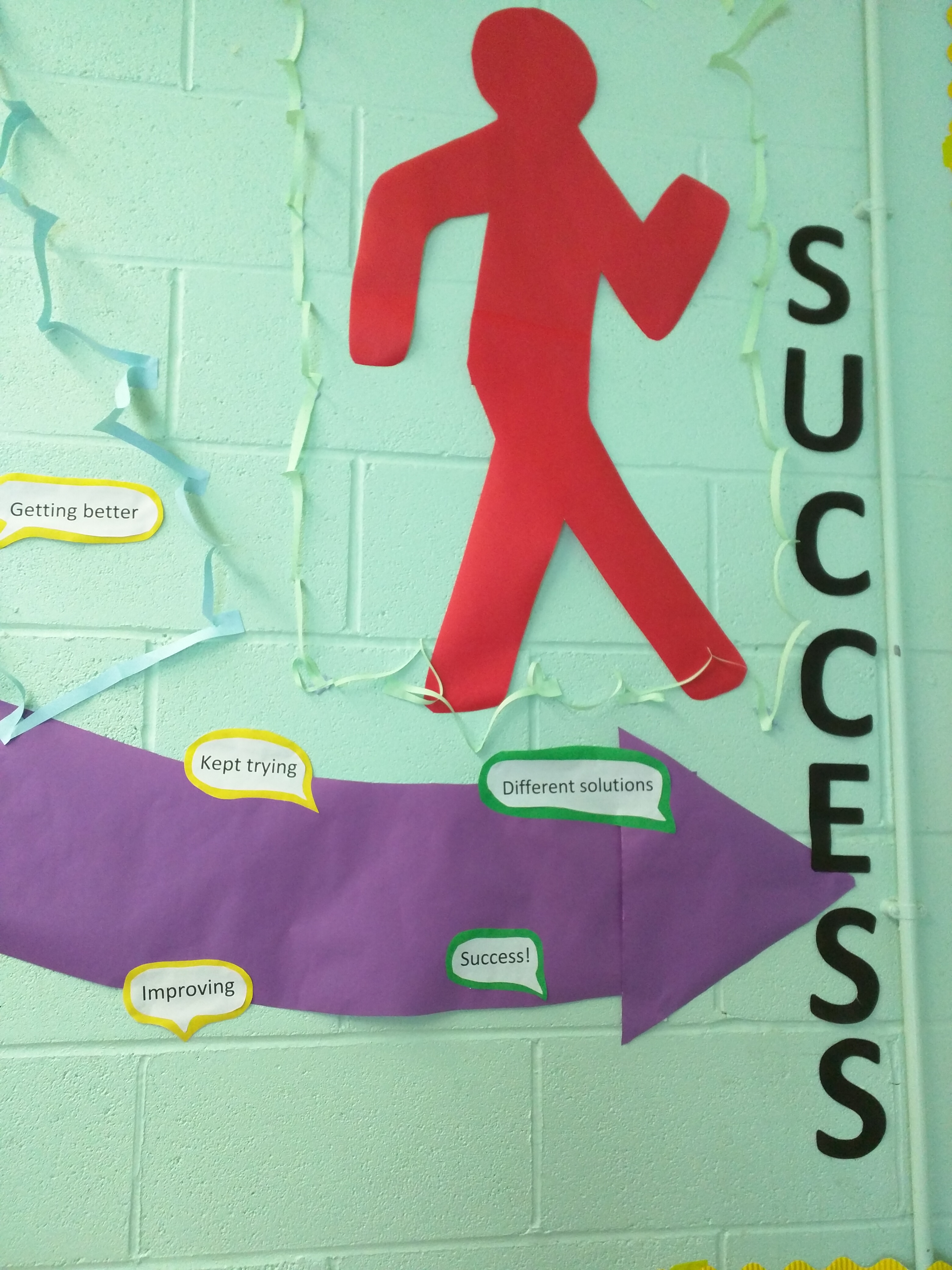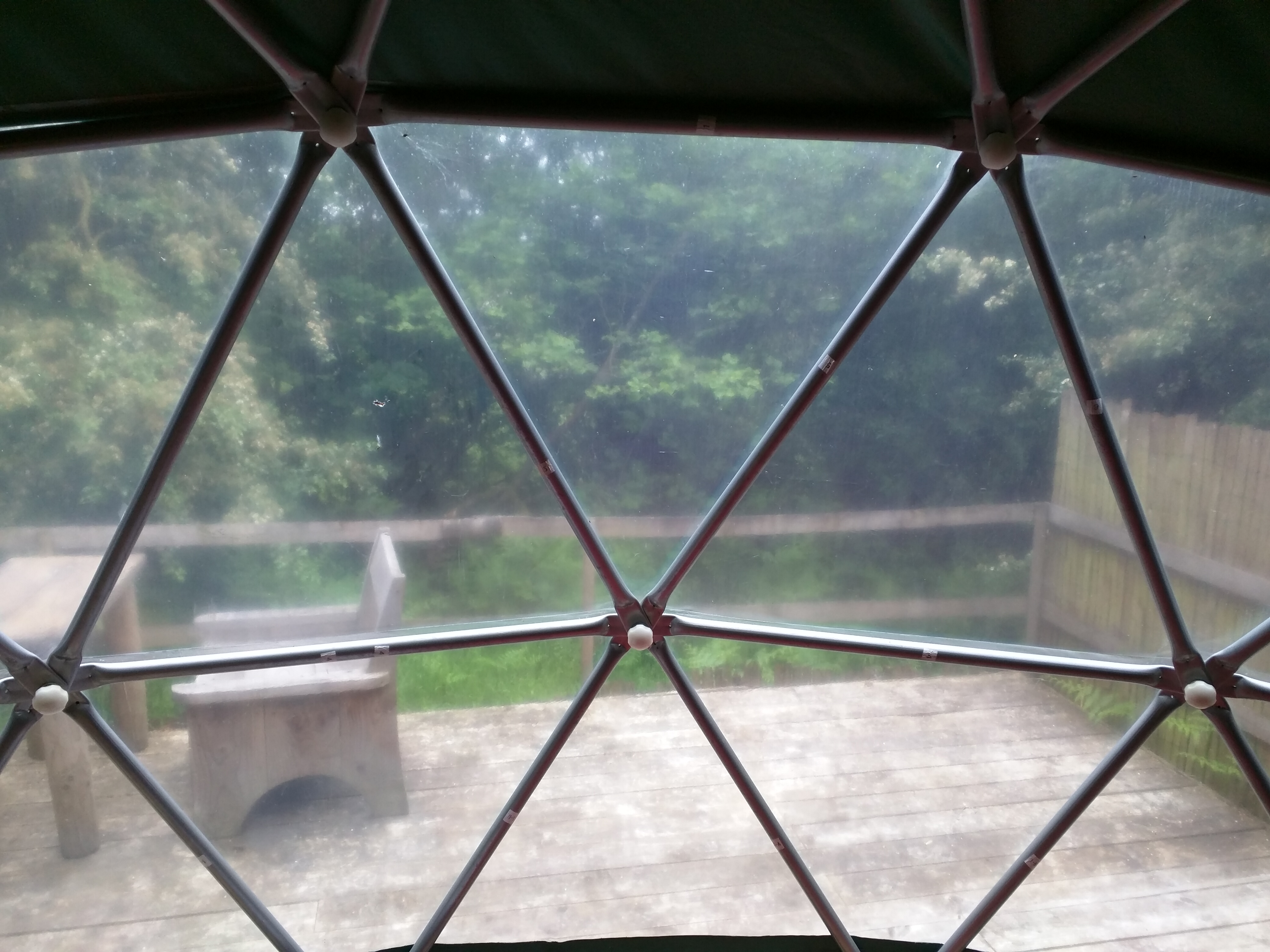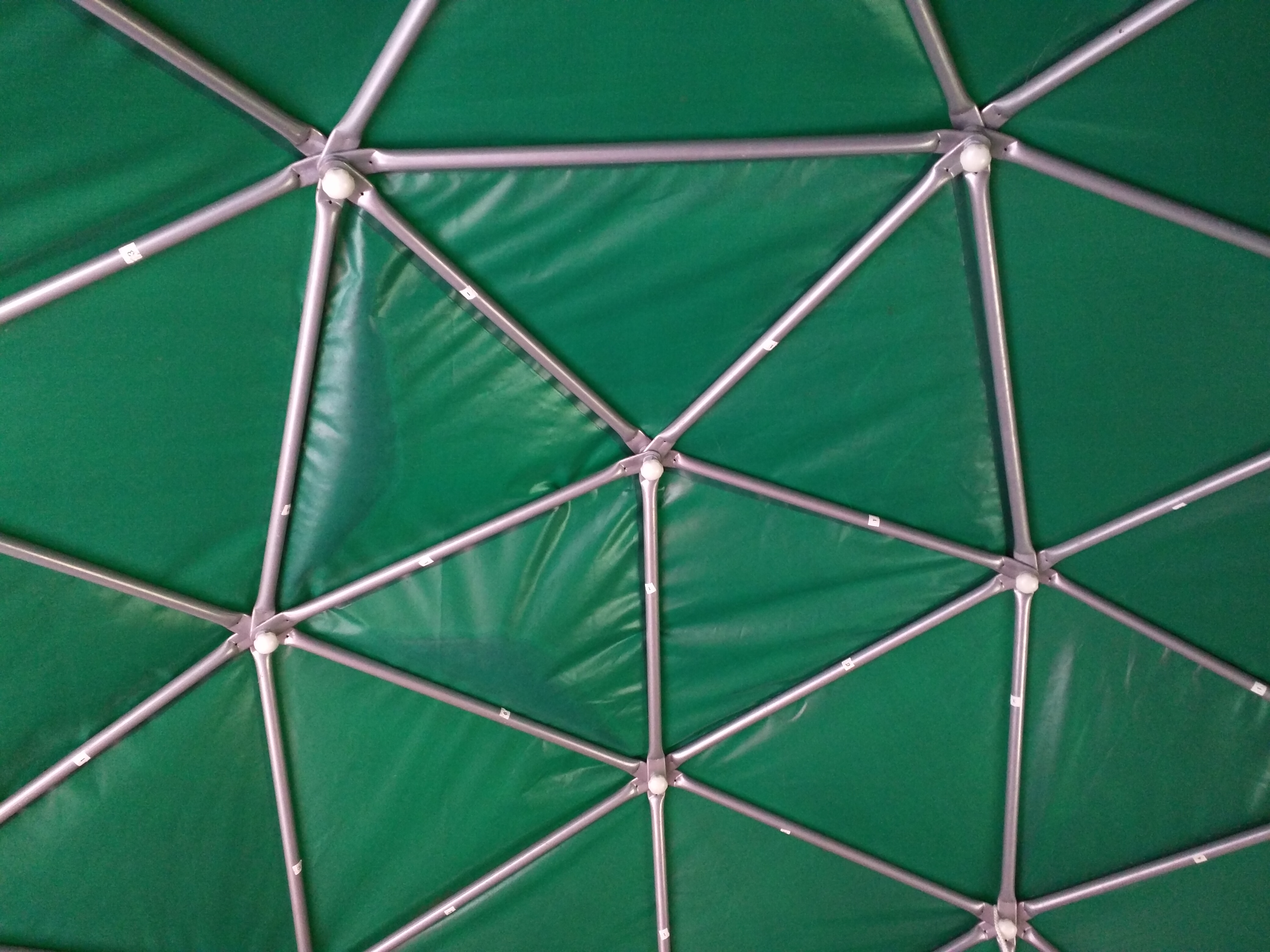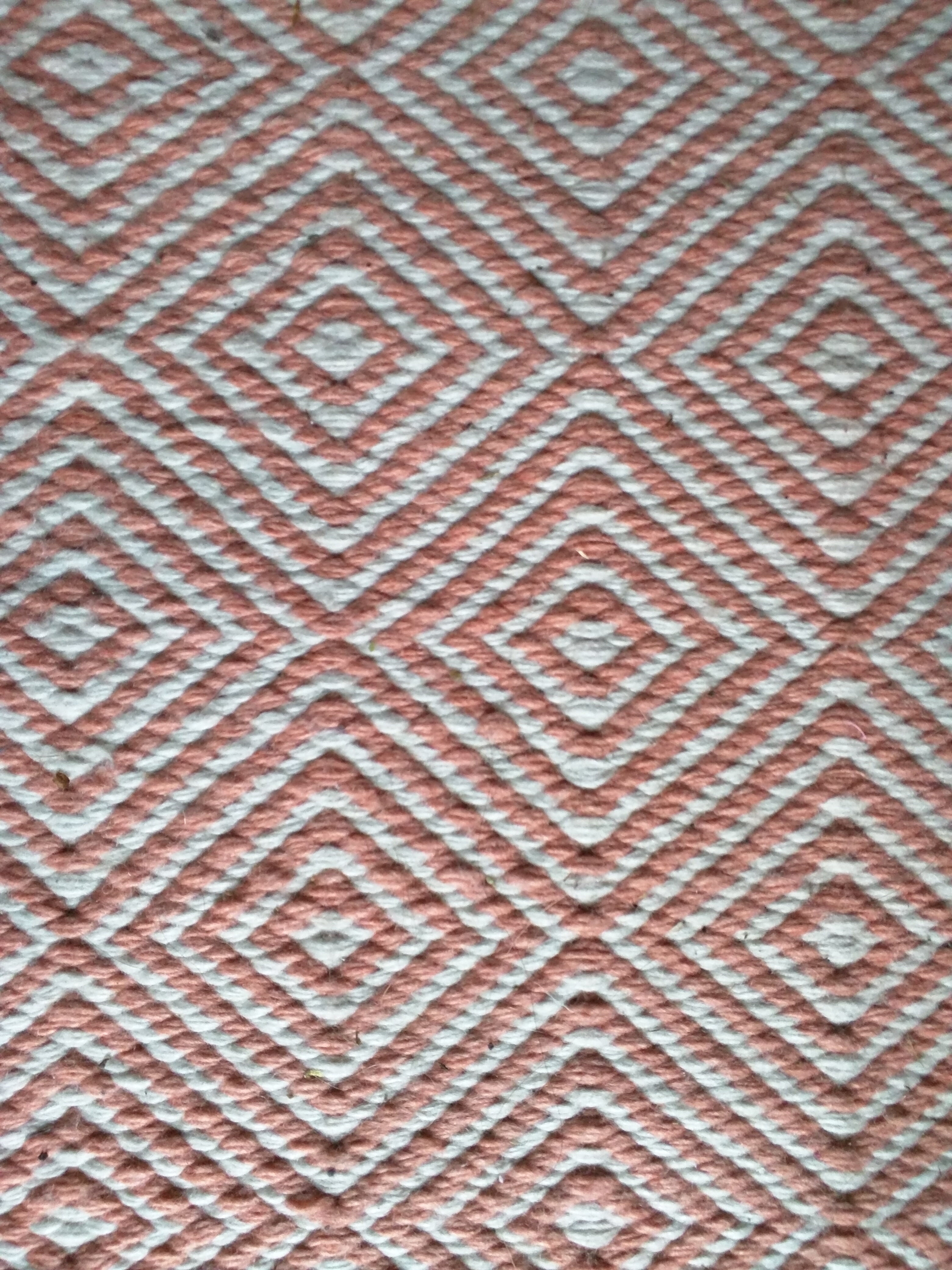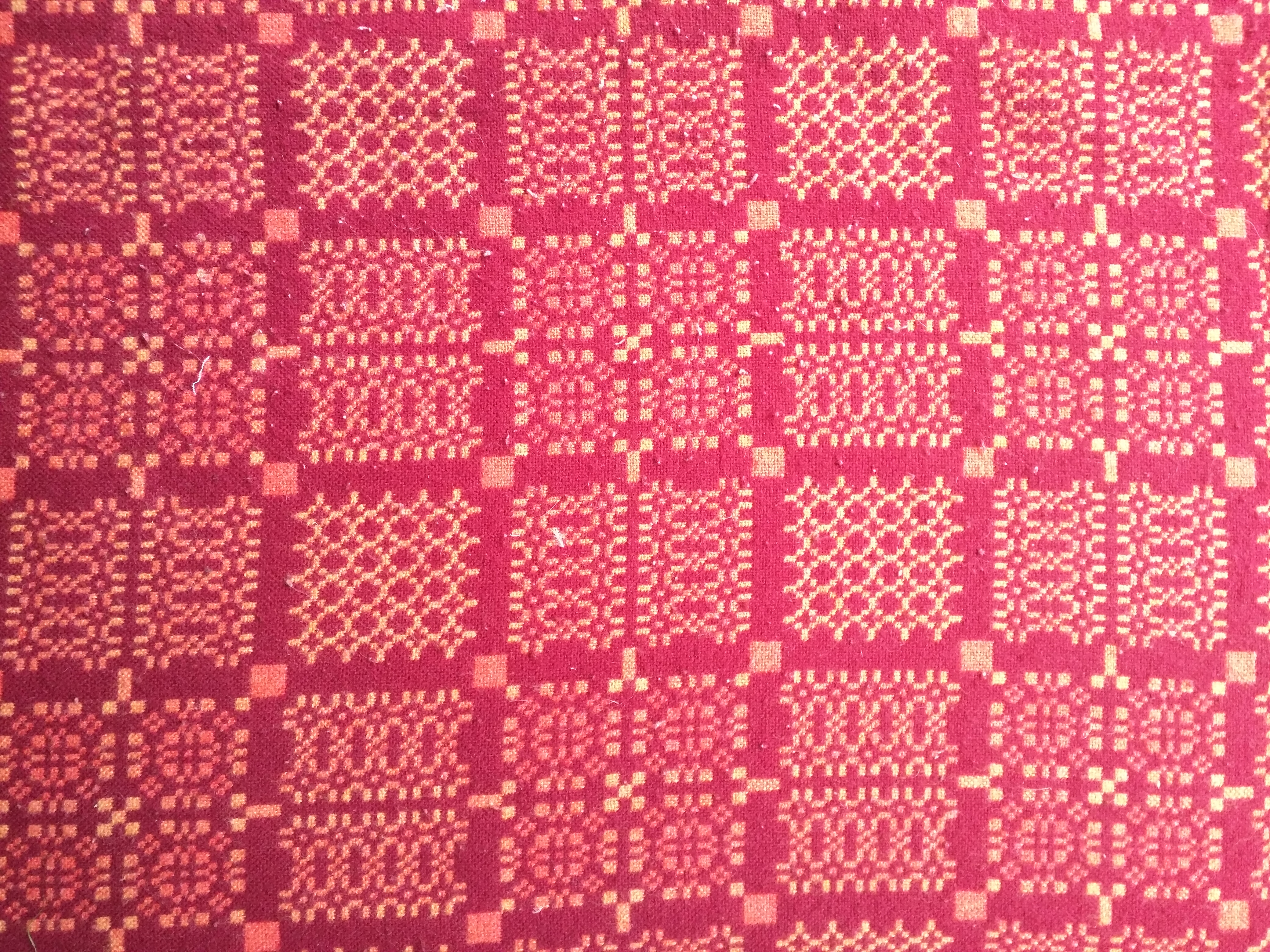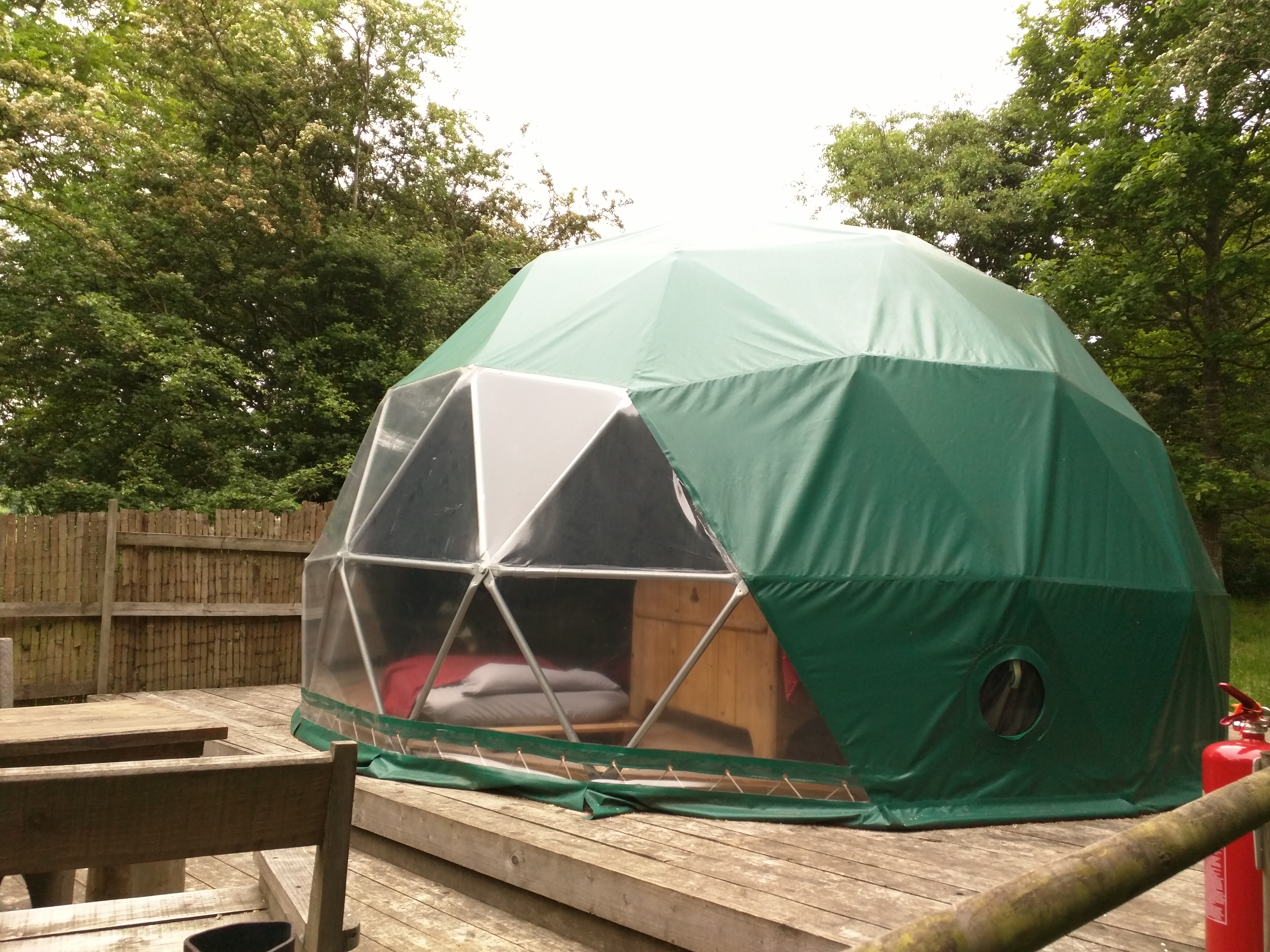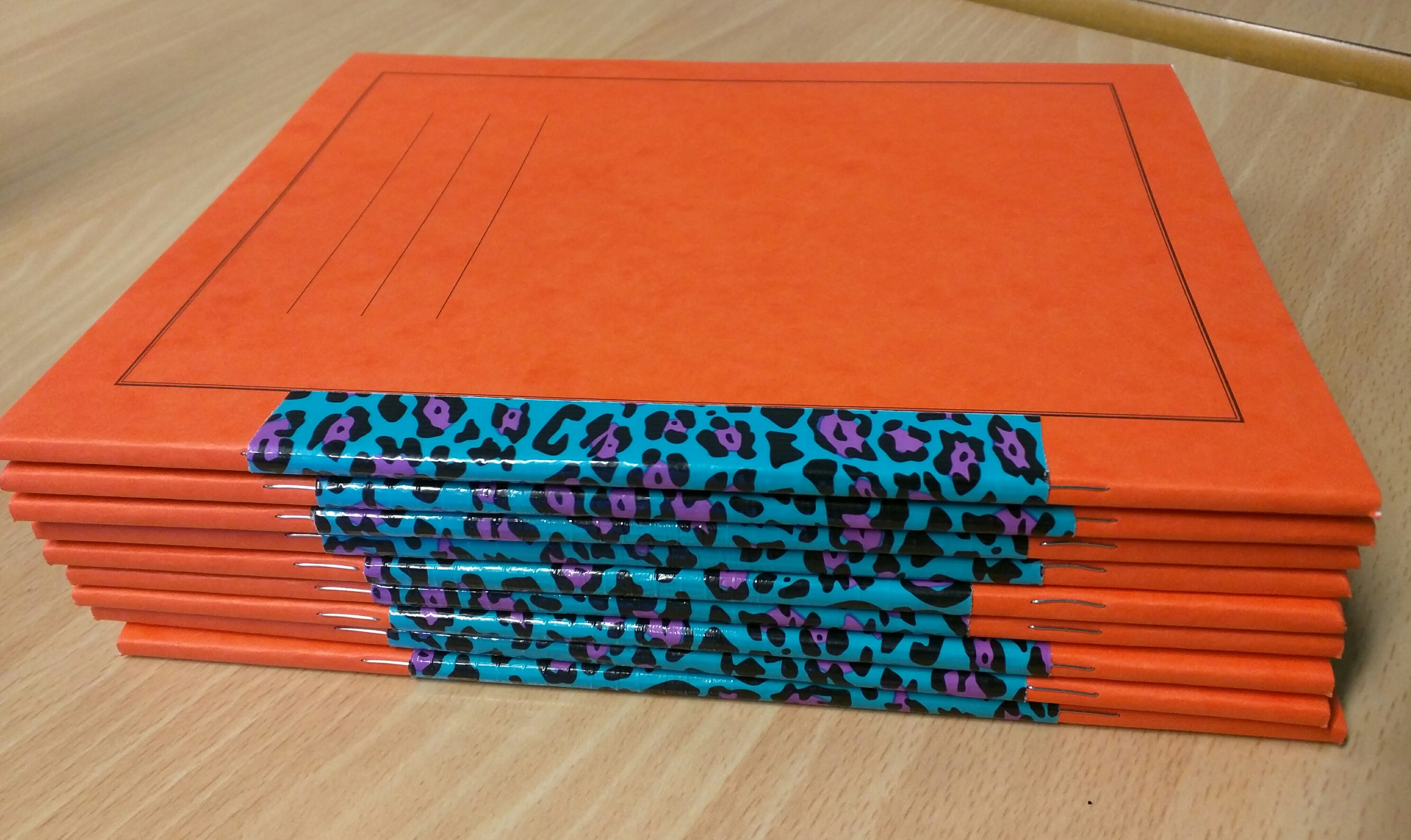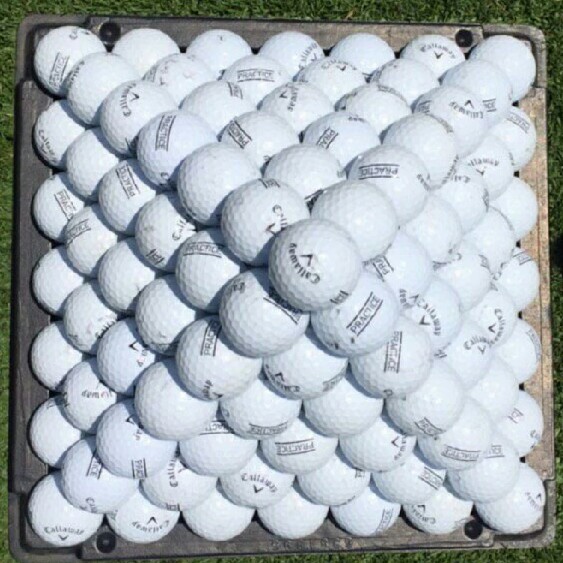So, I was doing my usual Human Piechart activity when an interesting point occurred. I had the class split into a group of 20 and a group of 18 (I had a student in charge of each group so that the circles would be factors of 360). I asked the class how we could combine the groups to make a whole class pie chart. One student suggested we add together the angles and divide by two. Several other students agreed that it was a good idea.
There goes my lesson plan.
I put this prediction on the board and asked them to prove it or disprove it using hard facts. I was very impressed by the different techniques they used. Most students started by adding the angles and dividing by two, then:
- They went to the raw data and calculated the actual answers, disproving the prediction.
- Some looked at the angles on the ‘combined’ pie chart and worked out the number of degrees per person for each angle. They used the irregularities in angles to disprove the prediction.
- Looking at how many degrees there were per person and using logical deduction that you cannot add the angles.
- Others noticed that categories with the same number of people had different sized angles.
All this before they’d answered a single pie chart question! The moral of this story is: don’t ignore the wrong suggestions, embrace them and use student knowledge to dispel the myths.

